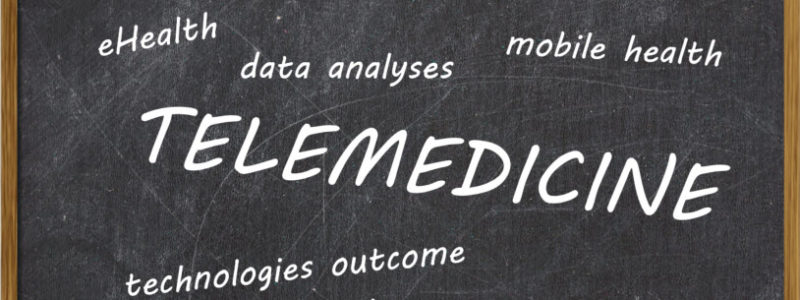Telemedicine and ehealth is about the development and improvement of health care by means of telemedicine and internet technology. Terms like eHealth, mHealth, healthIT, to mention a few, are common place in healthcare telemedicine conversations.
Telemedicine and eHealth, an all-encompassing understanding
In essence, ehealth as a concept is globally accepted to be a term encompassing all variations of “healthcare by digital technology”, such as: telecare or telemedicine, distant care, digital health, personal health records, teleconsult, telemonitoring, remote patient monitoring and support, health tracking, health data exchange, and so called “big data.” When one speaks about ehealth, in an international context, telemedicine is understood as included, .
Telemedicine and eHealth are also part of the movement towards the continuous improvement of health care. This movement aims at a sustainable balance between outcomes, quality, and costs of care, and hence, make development and access to ehealth initiative affordable. Specifically by the latter, governments and health authorities have taken up ehealth solutions to try and prevent ever raising costs of care due to increased demands for care, growth of the “grey” generation and more expensive treatments and therapies. Examples in Europe are the national attempts to create personal health record systems, in the US the initiative is part of EHR and meaningful use activities.
Telemedicine and eHealth, an inspiration to many
The perspective of a right balance between quality and outcomes inspires patients and health innovators to great enthusiasm for the development of eHealth solutions. However, applications of the eHealth initiative, like electronic health records, PHR (personal health records), health apps and all kind of mobile applications in wearable technology, do have an impact on the way health care is actually delivered.
With telemedicine and eHealth a physician agrees to look at a patient’s daily data to monitor his condition, arrangement of how and when it will be done, how regularly feedback will be given and the like. In current processes these are agreements and arrangements that haven’t been made before. So for a successful arrangement one would like to know how to do this and what might be the best arrangements to make. Also it will be a question of how the physician will be reimbursed for this telemedicine and eHealth activity. On the part of the patient urgent questions might arise about whether the doctor will connect with him/her in case of some alerting incident. And of course, we assume that all this is build around HIPAA securities.
Telemedicine and eHealth solution effectiveness and outcomes
Studies about effectiveness of an eHealth initiative, demonstrate both positive outcomes in medical health perspective (Quality of Life) in patients and stakeholder satisfaction. Further there actually seems to be significant potential of savings in costs of patient care. However, research point also at the need of a structural (re-) development process: it is not about just applying a technology to the current situation, as examples of telemedicine and eHealth demonstrate.
Although this may seem complicated, studies of effectiveness demonstrate that already with small, simple ehealth initiatives, ehealth may have a positive impact on satisfaction and trust of stakeholders, professionals like patients, and also in better outcomes and reduction of costs, such as the decrease of re-admission of patients.
Things can go wrong, obviously. That ’s why it is said that digital or ehealth initiatives will have “disruptive” power to the current health care processes. Telemedicine and eHealth is not just about the application of digital tools. One needs to think through what consequences ehealth solutions will have before implementation. It might be necessary to rearrange the delivery process: not only to create the most effective and efficient ways of delivery, but also to accommodate for all necessary contributors to the process.
Telemedicine and eHealth, principles of discovery, development, and implementation
eHealth developments appeal to principles of multidisciplinary, participative and integrated care: how to create one pathway, or program if you will, with all stakeholders and the patient, actively involved.
- Sharing of common eHealth data and insights in transparent consequence of activities.
- Communicating in respectful and understandable ways to arrive at true collaboration and coherent understanding of what is being done.
- A need to be clear about performance, outcome, solutions, and what actions each one needs to take and will be responsible for.
A relevant aspect of telemedicine and ehealth development therefore concerns the collaboration between different parties concerned, patients and physicians of different medical disciplines, health IT and administration. Although patients appear to have specific demands about ehealth, the liking of their health apps, it is also known that they don’t expect grand initiatives like full-blown health interactive platforms. They are pleased with all small steps to improvements of the current practice of care delivery. That puts every health care provider up to the challenge of planning its proper telemedicine and eHealth initiative.
Telemedicine and eHealth, a possible solution, right here and right now!

